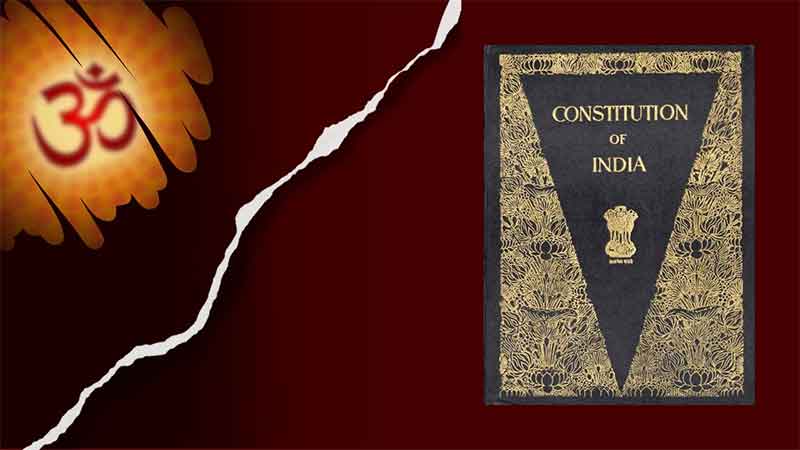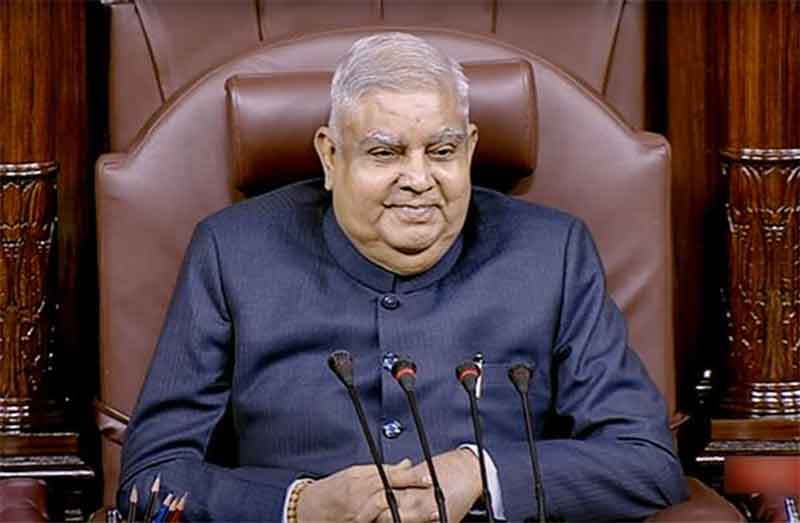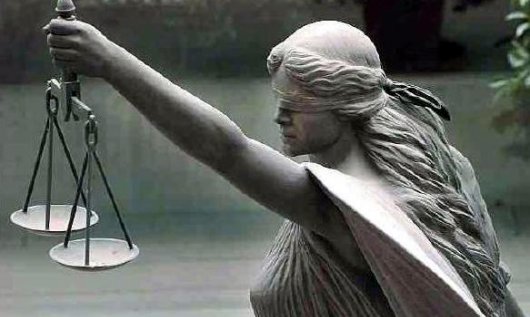
The Sangh Parivar is creating a hullaballoo with its campaign demanding that every ancient mosque must be subjected to archaeological examination in order to confirm their claim that stones embedded there bear ancient Hindu signs or symbols – so that the Parivar can reclaim the Muslim mosques and turn them into Hindu temples. Thanks to a court ruling following the findings of the archaeological survey, its followers have gained the right to enter the precincts of the Gyanvapi mosque in Varanasi and offer prayers there according to Hindu rituals. They now also want to possess the uzzukhana (the tank where the Muslims wash their hands before offering prayers), claiming that there is a Shiva ling (a phallic stone structure worshipped as the symbol of Shiva) lying under the waters.
This looks like the first step in the occupation of the mosque – reminisicent of the `salami tactics’ of gradually encroaching and carving out spaces in its premises, which was adopted by the Hindutva outfits in Ayodhya, initially by smuggling the stone idol of Ram Lalla into the Babri Masjid in 1949, then forcing the administration to open its gates to allow the entry of Hindu pilgrims, and gradually stirring up an agitation that led to its destruction in 1992. The Sangh Parivar’s next target is the Muslim Shahi Idgah in Mathura, which it claims was built on the site of some ancient Hindu temple. It is demanding an archaeological survey of its interior precincts. By all indications, the survey may come up with similar findings that confirm the relics of Hindu religious stone images embedded there. If so, the judiciary may come up with a similar order allowing Hindus to pray inside the mosque, thus allowing them to gradually occupy the premises and remodel them into a Hindu temple.
In order to justify its claim on the Muslim mosques and their re-possession by the Hindus, the Sangh Parivar keeps on reiterating that they were built on original Hindu sites of prayer which were destroyed by the ancestors of the present Muslim clergy who now conduct Islamic prayers there. So, they must now be restored to the Hindus, who should be entitled to demolish the mosques and build Hindu temples there . But is the Sangh Parivar ready to restore to the Buddhist community their religious sites that the Hindu rulers occupied in the past, and still remain Hindu enclaves ?
History of Hindu persecution of Buddhists
The historical record of the persecution of Buddhists by Hindu rulers in the past, surpasses the reports of Muslim atrocities on Hindus during the Moghul regime which succeeded them. The earliest record of anti-Buddhist offensive by Hindu rulers can be traced back to 185 BC, when the Hindu Brahmin king Pushyamitra Shunga ruling Pataliputra launched a massive onslaught on Buddhists and their temples. He destroyed the Kukkutaramas monastery that was built by emperor Ashoka in the south-eastern end of Pataliputra. Still later, at the beginning of the 7th century, a Hindu king of Bengal, Sasanka invaded Bodh Gaya (the centre of Buddhism, situated in what is today known as Gaya, a district in Bihar), and brought down the Bodhi-druma (the sacred tree under which Gautam Buddha prayed and attained enlightenment). He removed a statue of Buddha from that site. These events were recorded by the famous Chinese traveler Hsuan Tsang who visited India at that time. They were also confirmed by the compilers of a contemporary Buddhist text entitled Manjusree-moolakalpa.
To come to the later period, in 1794 Jagat Singh, minister of the king of Varanasi, Raja Chet Singh, began digging up two pre-Ashokan stupas at Sarnath to get stones for construction material to build a Hindu temple. In the course , the Buddhist structure Dharmarajika was totally demolished. It was built by emperor Ashoka in 3rd century BC, to enshrine the remains of Buddha. It stored a box containing a green marble casket that was said to preserve Buddha’s relics. The soldiers of Jagat Singh who destroyed the structure, threw the casket into the river Ganges. They however spared the box – which was later recovered by British archaeologists from the site, who transferred it to the Indian Museum in Calcutta, where it is still preserved. The other Buddhist structure, known as Dhamekstupa (which was also built by Ashoka at around the same time), was partially damaged during Jagat Singh’s anti-Buddhist offensive. It was later restored by the British archaeologists and still stands there.
There are several Hindu temples which were built on the debris of Buddhist stupas and temples which were destroyed by Hindu rulers. Most important among them is the Badrinath temple in the Himalayas, which draws crowds of Hindu pilgrims every year. Investigations by later day historians like the late Rahul Sanskrityayan (in his Hindi book Himalaya Parichay) and others have revealed that the structure known as Badrinath temple was originally a religious shrine worshipped by Buddhists till the eighth century, when it was converted by the Hindu preacher Adi Sankara into a Hindu temple, ousting the Buddhist followers from its premises.
It is in this context of historical controversies over claims by the Hindu clergy on ancient Buddhist sites, a Samajwadi Party leader Swami Prasad Maurya has quite rightly called for an archaeological survey of Hindu temples to determine whether they were built on Buddhist structures. (Re: Indian Express. August 4, 2023). Since the Supreme Court has conceded to the demand of the Hindu clergy to carry on such surveys in Muslim mosques (which they claim to be built on the ruins of Hindu temples), its verdict can be taken up as a judicial precedent for allowing similar surveys in Hindu temples (which are allegedly built on the ruins of Muslim mosques).
Imagine a Buddhist backlash demanding the demolition of Hindu temples built on their sacred sites – a la the Hindu demolition of the Babri Masjid ! But the leaders of the Indian Buddhist minority community, being more civilized and culturally well-behaved than the Hindu Sangh Parivar leaders and their goons, will never follow the Hindu historical tradition of vandalizing temples of other faiths. Practitioners of Buddhism are spread from the north-east to the followers of Babasaheb Ambedkar in other parts of India. If they can come together and set up an organization – similar to those formed by Muslims and Christians, which operate as pressure groups in the political scene – they can approach the Supreme Court to restore their claim to their original religious sites through the non-violent means of judicial intervention. But then, in the event of such an appeal by them in the near future, we have to keep our fingers crossed about the verdict – knowing how our judges are inclined to nod in favour of the Sangh Parivar –the most atrocious example being the Ramjanambhumi judgment.
Sumanta Banerjee is a political commentator and writer, is the author of In The Wake of Naxalbari’ (1980 and 2008); The Parlour and the Streets: Elite and Popular Culture in Nineteenth Century Calcutta (1989) and ‘Memoirs of Roads: Calcutta from Colonial Urbanization to Global Modernization.’ (2016).
















































